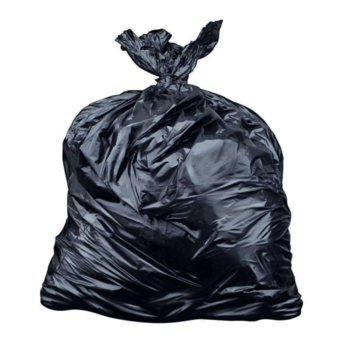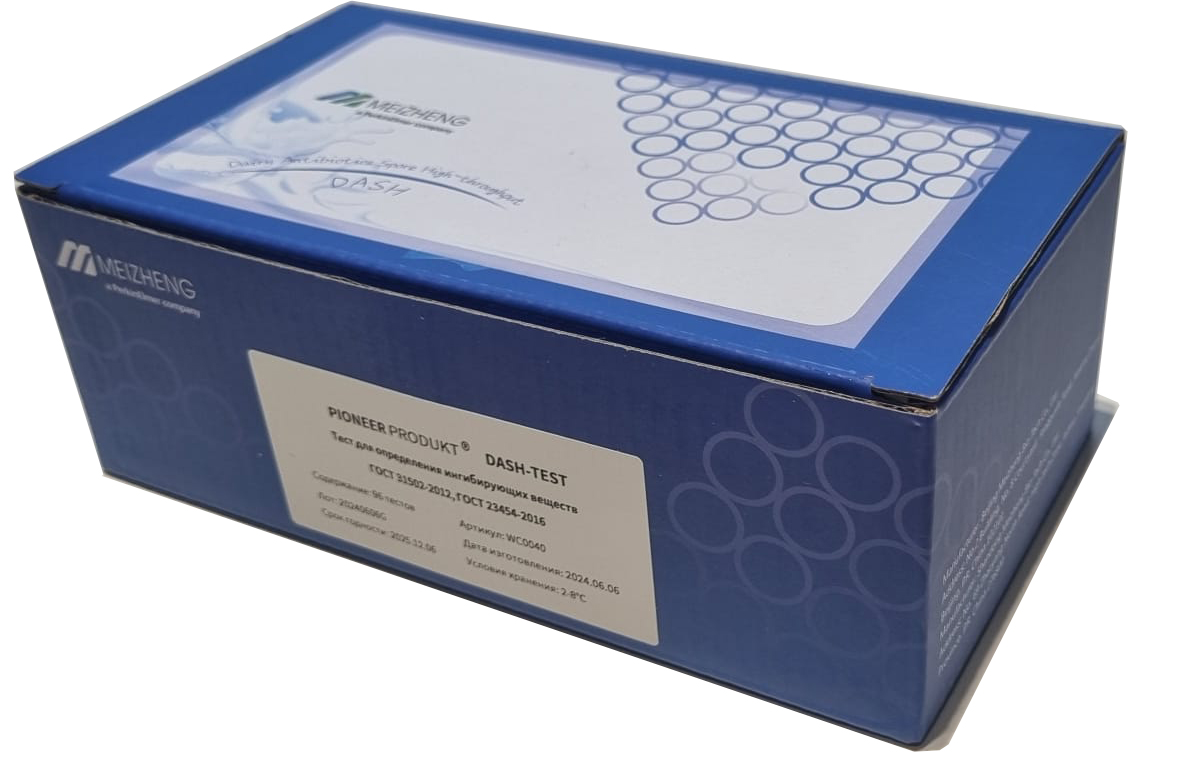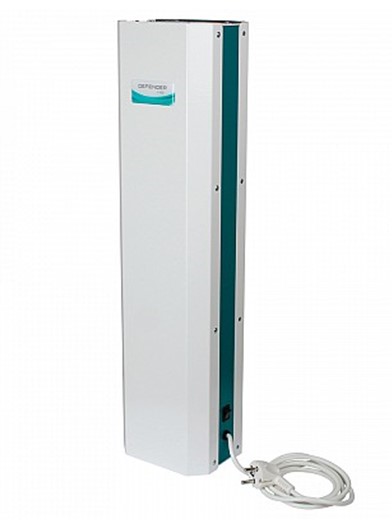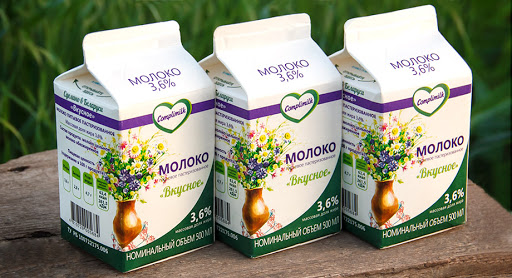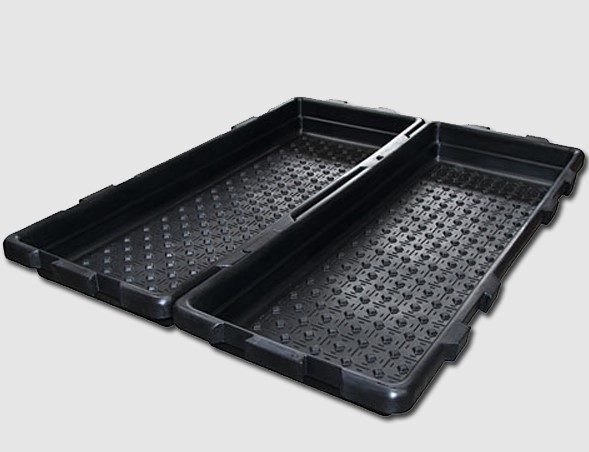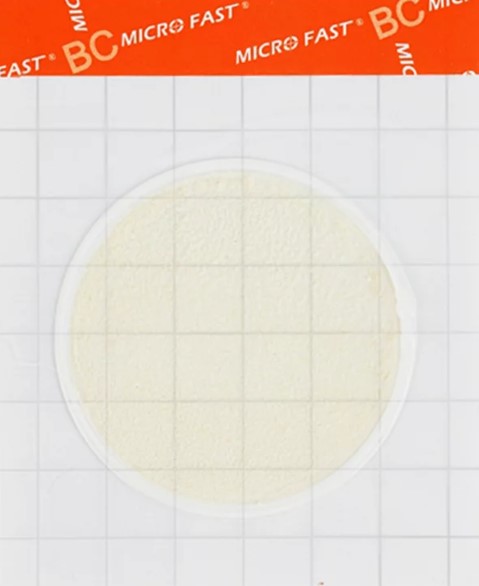Premiere! Instrumental insemination of queen bees. How to get purebred queens. Karnika bees
On July 20, at 17.45 Moscow time, the premiere of the video will take place: "Instrumental insemination of queen bees. How to get purebred queens. Karnika bees"
The premiere will last 52 minutes
Follow the link right now and set a reminder so you don't miss it. Also, during the live broadcast, everyone has the opportunity to ask questions online in the chat or send greetings!
PIONERPRODUKT.by continues to publish a series of videos from the AgroExpedition "Agriculture of the Republic of Tatarstan". In this video, we will show how the queen bee apiary is arranged, and also show the process of instrumental insemination of the beekeeper.
Breeding of all queens on the farm is carried out at the main queen bee apiary, by the way, all bee colonies are also brought here for wintering. And during the honey harvest there are only tribal bee colonies that raise queens.
In order to be vaccinated, it is necessary to select suitable larvae for this purpose. Both the worker bees and the queen come out of the same larva, but it all depends on the feeding that the bees themselves determine. It is the bees who decide whether or not to be a new queen. After a frame with suitable larvae is found, it is shaken off from the bees with a goose feather and packed in a plastic bag so as not to start to dry and taken to the laboratory.
The main specialist in breeding at the apiary is Mansur's wife - Leysan. She finds newly hatched larvae and transfers future queens to special combs. This is not an easy job , you need good eyesight and skill.
As soon as the special frame is completely filled with larvae, it is transferred to the "nurse" - a special hive where the bees will build their queen cells.
The frame with ready-made mother liquors is again removed and sent to the laboratory. There, a special device is put on the queen cells - “curlers”, where the queens are removed and transferred to the incubator . The incubator maintains a constant temperature of 35 degrees. At the same time, it is necessary to constantly monitor and as soon as the queen bee hatches, immediately remove it from the incubator. After removal, the queen is weighed, a mark is placed on it, and then placed in a cage. All queens weighing less than 190 grams at birth are subject to culling.
Drones are constantly in a large mesh box called the paternal family, from there they cannot fly out. It is here that they take the necessary drones for flying around the queen bee.
In the apiary, instrumental insemination of bees is practiced, so drones are also used to select the seed. To do this, a special "pipette" take the seed from the drone 8-10 drones for the insemination of one queen bee.
The queen bee is put to sleep with carbon dioxide and placed in a special flask, which is installed on the machine. After insemination, the queen bees are clipped, because she does not know that she has already been inseminated and can fly away. On average, 7 out of 10 instrumentally inseminated queen bees begin to work properly.

